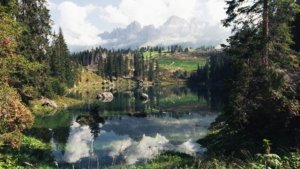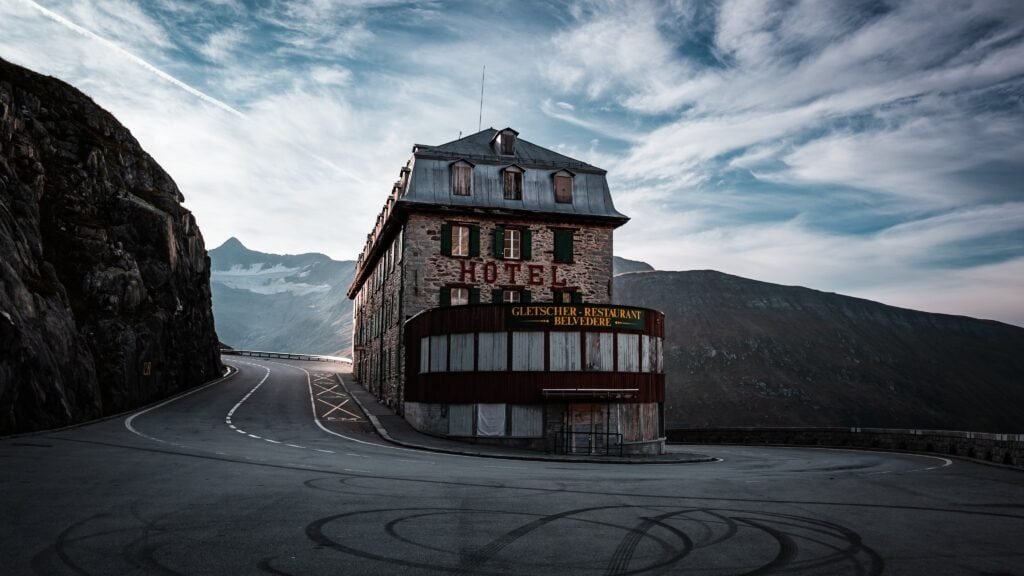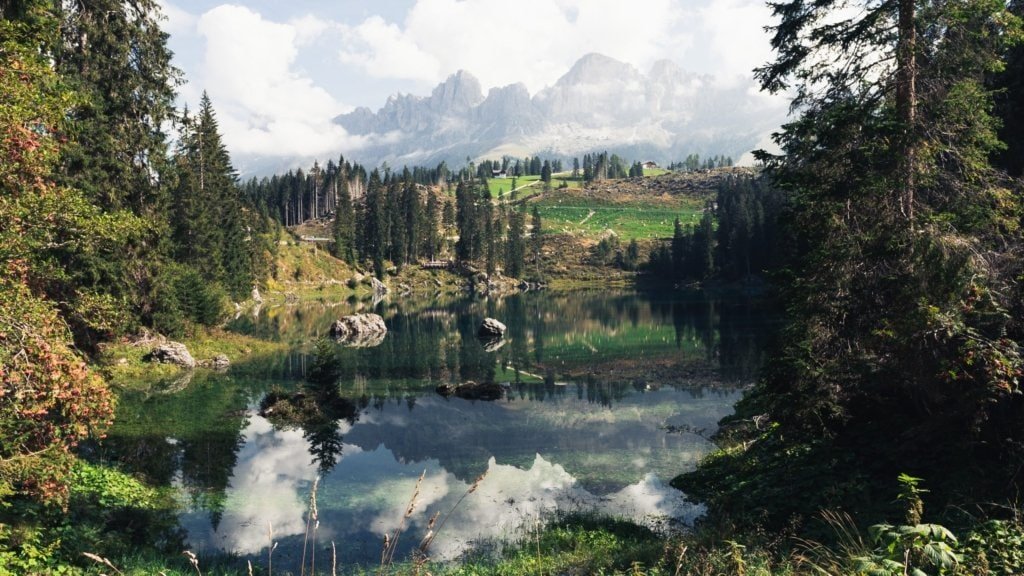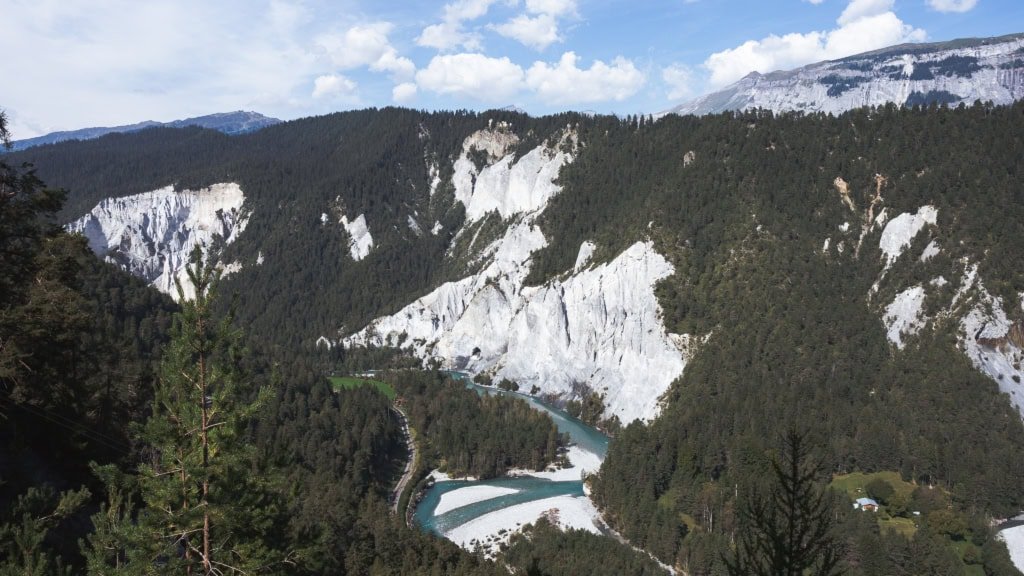Beautiful shades of blue, sparkling icy walls, magical cold – the Rhone Glacier on the Furka Pass is a fantastic natural spectacle.
Fast Fact
Each year, the glacier moves 30 to 40 metres, sometimes even more than 10cm per day.
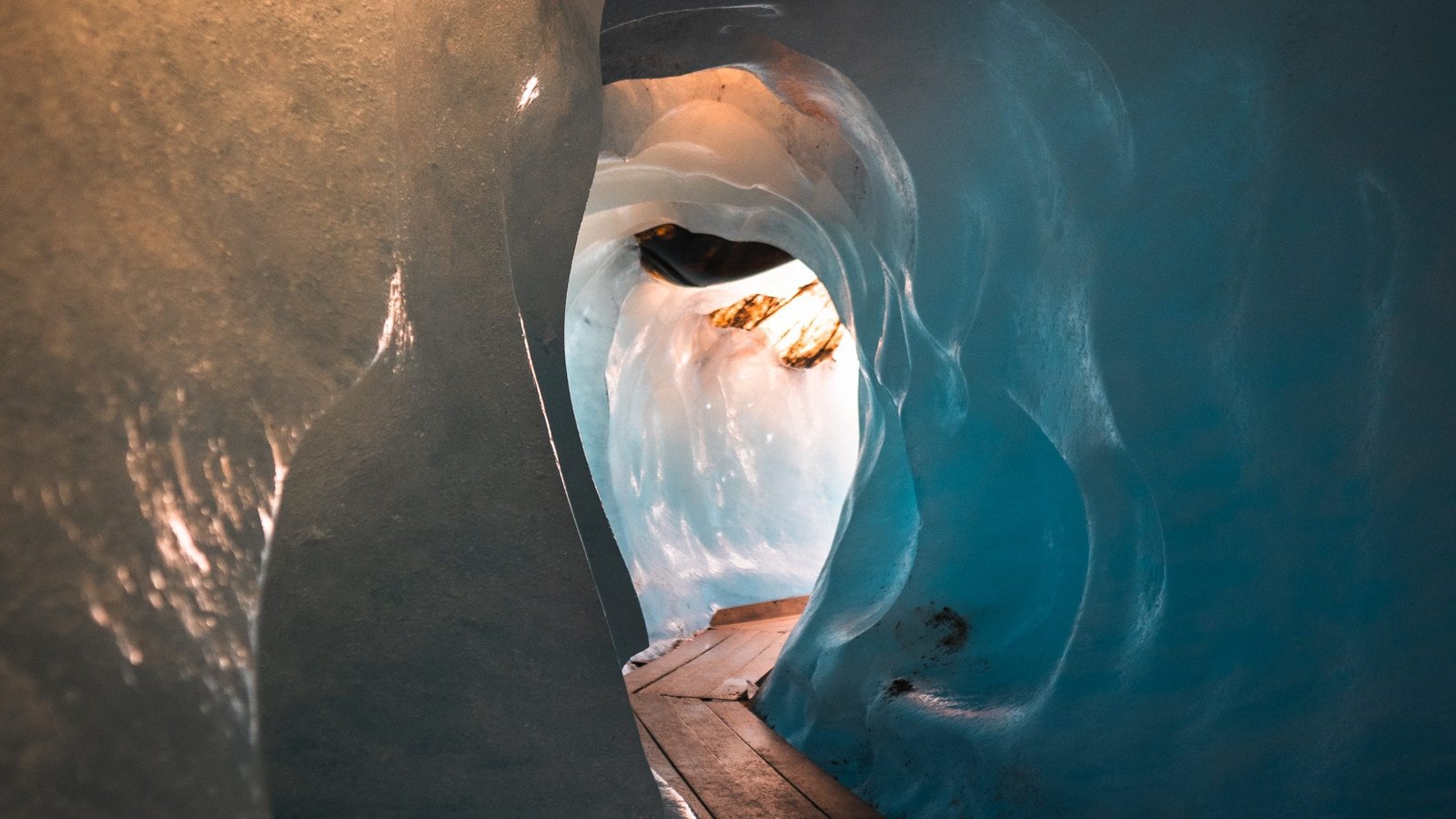
General information
Due to its excellent accessibility directly on the Furka Pass road and its ice grotto as the source of the Rhone, the Rhone Glacier is probably one of the most popular glaciers in Switzerland. It is also one of the largest glaciers in the Alps. Likewise, the Rhone Glacier has been of particular importance since the 19th century as an object of research history, especially glaciology.
In the meantime, the Rhone Glacier, like all ice surfaces in the Alps, has been severely affected by global climate-induced glacier retreat and could be completely melted by the end of the 21st century.
Location
The Rhone Glacier is located on the south-western edge of the Uri Alps in eastern Valais. It faces south, originates at the Dammastock and runs southwards. In the process, it forms a glacier tongue that is currently 8 kilometres long and up to 2 kilometres wide. The ice thickness is partly over 300 metres.
Starting from the Hotel Belvédère on the road, the glacier tongue can be reached via a footpath of a few hundred metres for which a fee is charged. Every year, a small tunnel is cut into the glacier. For protection, the tunnelled area of the glacier is covered with a tarpaulin. You enter the illuminated tunnel on wooden planks, walk about 100 metres through the ice and then reach the ice grotto.
History
The Rhone Glacier had its post-glacial peak during the so-called “Little Ice Age” until into the 19th century.
At the beginning of the 20th century, the end of the glacier was at the foot of the escarpment. Around 1920, the Rhone glacier had advanced by 100 metres, followed by a long phase of retreat. After a constant advance and retreat, it levelled off again around 1965, after which the glacier even advanced slightly again in the 1980s. This position was then maintained for a long time.
In 2010, however, the ice melted drastically. As a result, a proglacial lake started to appear, Lake Rhone, in which the glacier tongue calves and forms smaller icebergs. This lake increases in size every year as the Rhone glacier melts.






